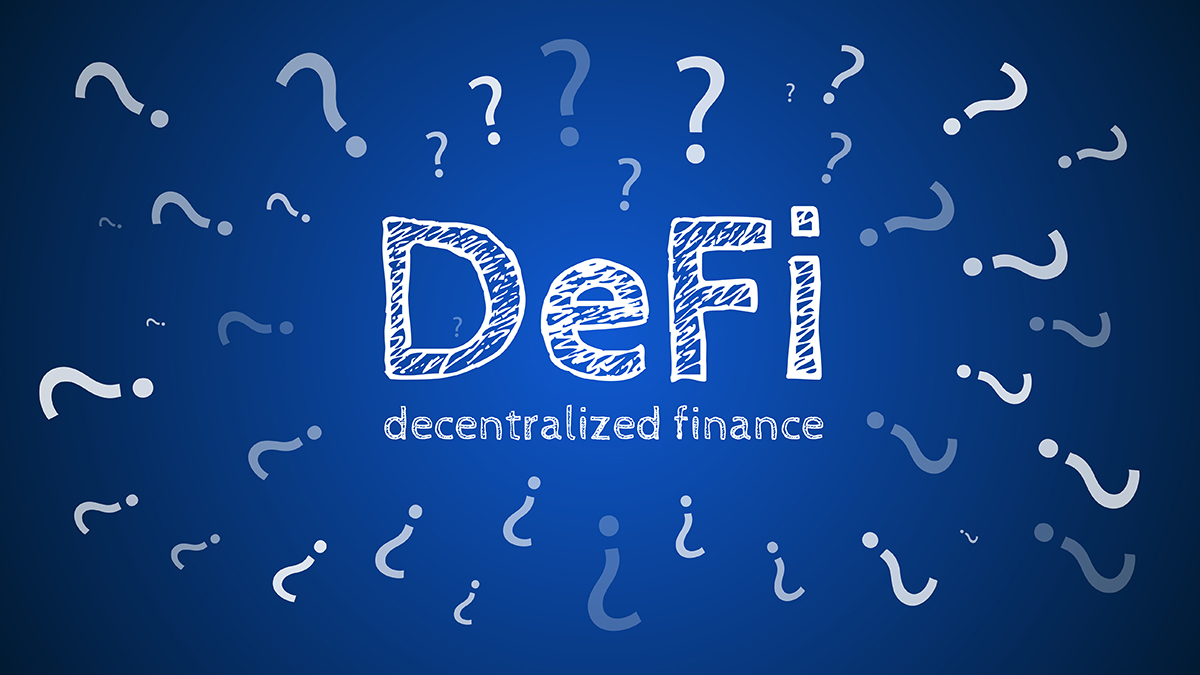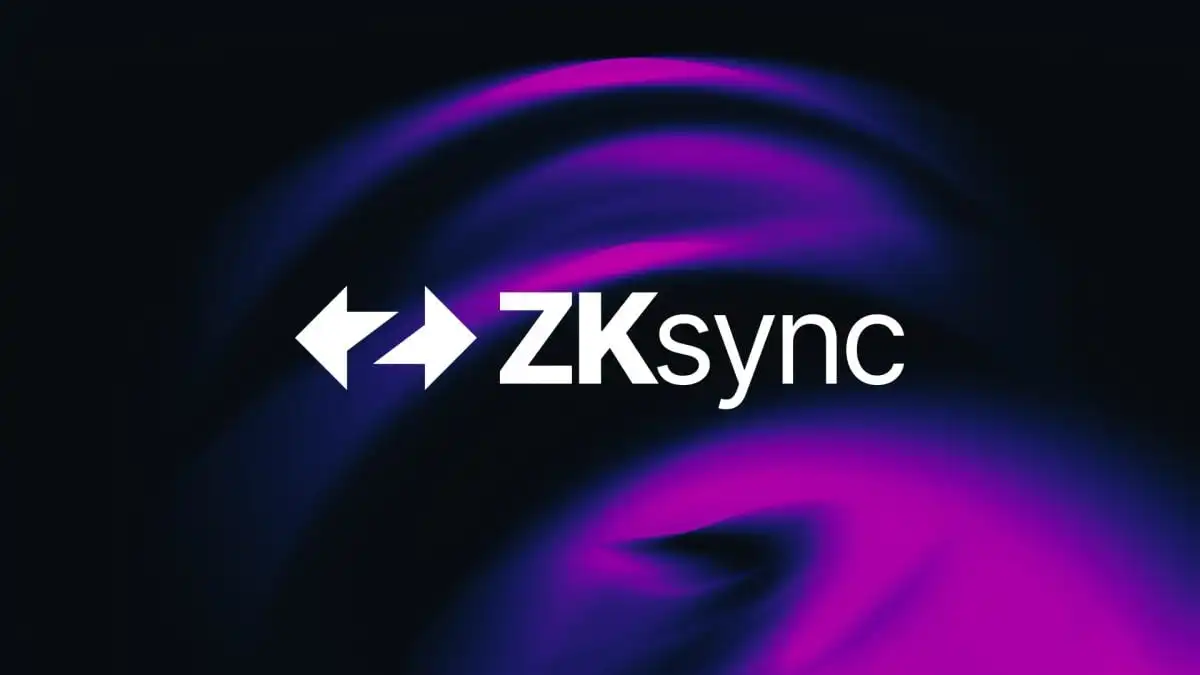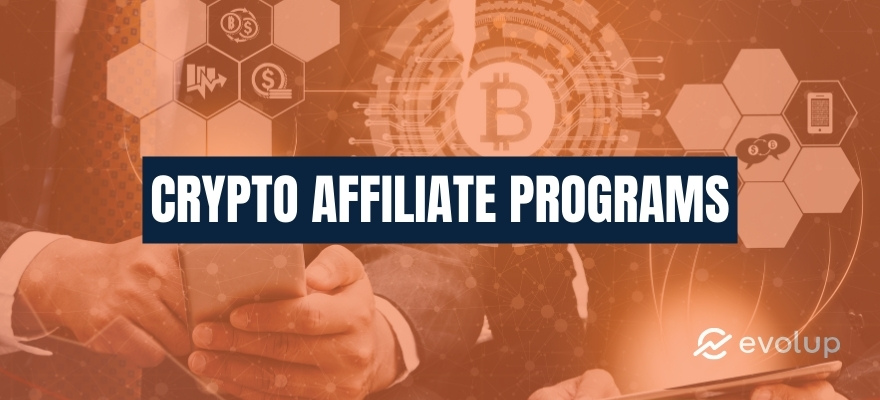As Ethereum struggles with congestion and high fees, Layer 2 networks are rapidly becoming the infrastructure backbone for next-gen crypto casinos. But are they ready to rival Solana in terms of speed, scale, and gaming UX?
The iGaming industry has always relied on two things: speed and reliability. In 2025, decentralized casinos are booming — and Solana has taken the spotlight. But Ethereum's Layer 2 solutions like zkSync, Arbitrum, and Base are quietly building momentum in the background.
What Are Layer 2s — And Why Do They Matter for Gambling?
Layer 2s are built atop Ethereum’s base layer. They execute transactions off-chain or in bundled batches, significantly reducing costs and increasing speed. This matters for gambling apps where a player might place dozens of bets per minute — or require instant payouts for every win.
Two categories dominate:
- Optimistic Rollups: Arbitrum, Base, Optimism — they assume transactions are valid unless proven otherwise.
- zk-Rollups: zkSync, Starknet — they use cryptographic proofs to ensure security without delay.
Real-World Use Case: Instant Casino Withdrawals
In Web2 casinos, withdrawals can take hours or days. Layer 2 tech enables near-instant cashouts. With zk-Rollups, a player’s $50 win can be withdrawn to their wallet in under 10 seconds, with gas fees under a penny. This is game-changing for user trust and retention.
Comparing Key L2s for Gambling dApps
| Metric | zkSync | Arbitrum | Solana |
|---|---|---|---|
| Avg Fee | $0.002 | $0.01 - $0.10 | $0.00025 |
| Finality Speed | ~2s | 2-5 min (Optimistic Delay) | <500ms |
| EVM Compatibility | Partial (zkEVM) | Full | None (Rust-native) |
| Stable DeFi Ecosystem | Growing | Mature | Fragmented |
Adoption in 2025: Who's Building?
- JackpotX: A zkSync-based slots and dice platform using ZK proofs for randomness.
- LayerBet: Arbitrum-powered sportsbook using Chainlink oracles and NFT-based odds multipliers.
- CasinoDAO: A DAO-run casino on Base L2 that redistributes revenue to governance token holders.
Security and Compliance
Layer 2s are inheriting Ethereum’s security layer. But more importantly, they offer better integration for AML/KYC tooling through wallet whitelisting and on-chain attestations. zkSync recently partnered with compliance protocols like Polygon ID and Civic Pass, enabling dApps to enforce user rules without compromising privacy.
Developer Ecosystem and UX
Solana's developer tooling is excellent, but L2s offer plug-and-play SDKs with familiar EVM interfaces. MetaMask works natively with Arbitrum and Base. Tools like wagmi, viem, and Hardhat allow developers to deploy casino logic without switching language stacks.
Still, onboarding is a pain point. Moving ETH to L2s requires bridging, which many users find confusing. This creates friction in early stages of user acquisition — one area Solana still wins due to its simplicity.
Conclusion: Will L2s Overtake Solana?
In raw performance, Solana is unmatched. But in terms of Ethereum-native composability, L2s hold the edge. As zkEVMs mature and bridging UX improves, expect to see a wave of gambling dApps migrating from L1 Ethereum or even Solana to these modular L2 ecosystems.
In 2025, the race isn't over. It’s just starting — and L2s are rapidly catching up.




